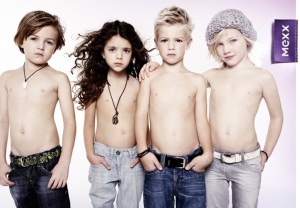Tonight I’m doing some research for an advertising campaign project. I’m using Google Docs to write down key insights and brainstorm some preliminary strategy ideas. I also have Pandora playing in the background, because sometimes research needs a little music to keep things interesting.
After a while I decided to change the station I was listening to, and a video ad started playing. It’s smart on Pandora’s part to recognize when a user is actually viewing the page (like when they change stations, for example) and to play video ads in these moments when viewers might actually have a chance to watch them. As an advertising student, though, I realized what was going on and quickly switched tabs back to my Google Doc. I didn’t want to give the advertiser the satisfaction of exposing me to their message when they thought I might be watching.
But just when I thought I had beaten the system, the ad’s audio caught my attention. It was the theme from 30 Rock. Before I even realized how I knew the song my brain subconsciously associated the music with humor – something I like. I switched back to the Pandora tab as quickly as I had left it hoping to see a funny commercial. As I looked eagerly at the screen, however, I didn’t see the familiar 30 Rock characters I know and love. I saw a Google Doc.
Here’s the ad I saw:
I’m amazed at how instantly Google was able to integrate its brand message into my life. This might be the most relevant experience I have had with a brand to date. Two online services that I was using were able to share information to target me and present an ad that truly resonated with me. Even more impressive is that it worked! I almost tuned out the ad altogether, but the music enticed me to watch an ad that would have been meaningless had I not seen the video itself.
These are the kinds of connections I want to make between brands and consumers. Ads that enhance rather than detract from a media consumption experience. Better yet, ads that inspire a blog post.












